The magic of the Rowan tree
When it comes to driving away witches or keeping off evil, nothing beats the rowan tree, with its gleaming scarlet berries and pentagram markings. Aeneas Dennison walks into a forest of myths.

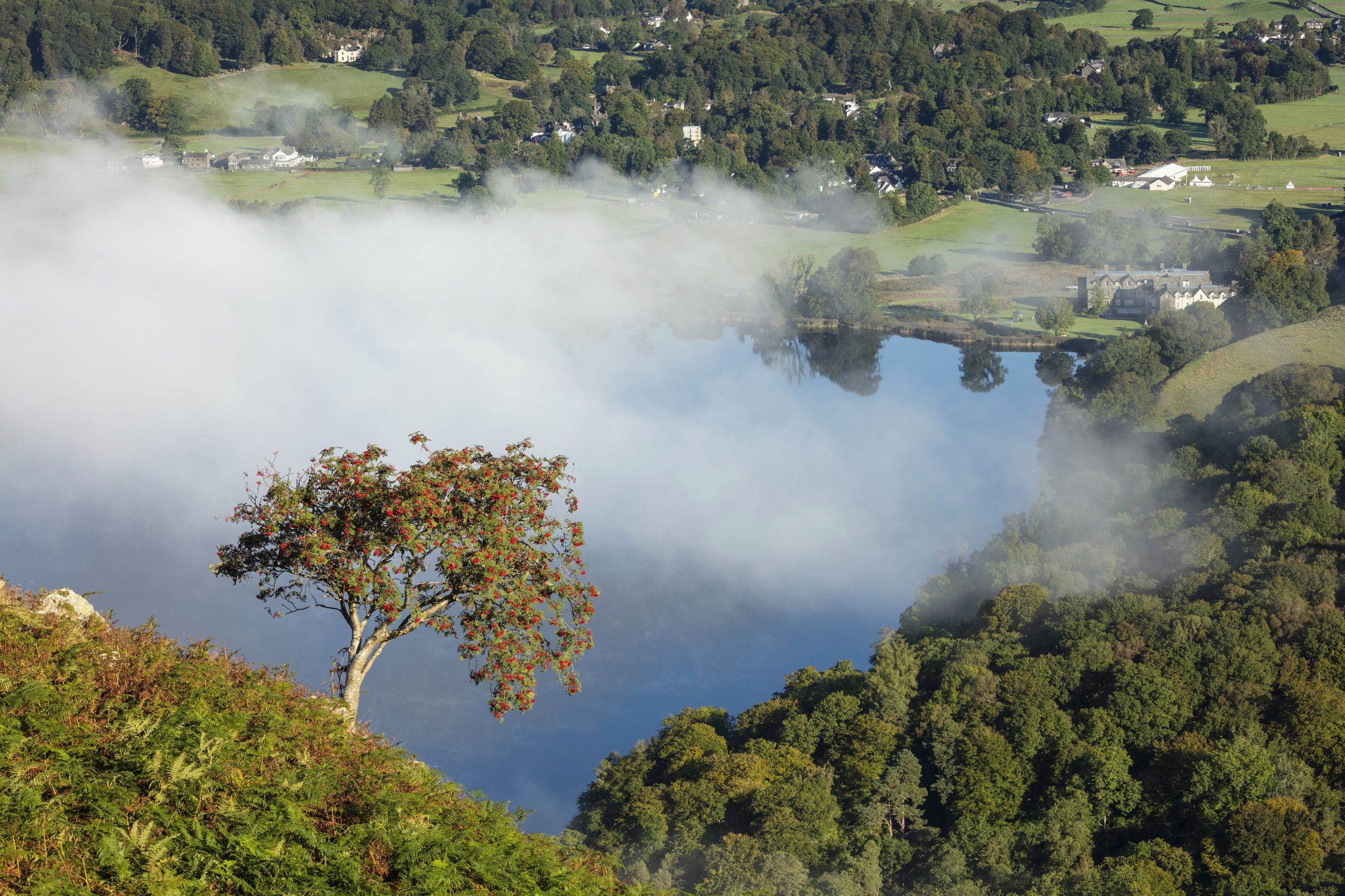
It is strange to think that, for centuries, something so seemingly ordinary and so apparently inanimate as a tree could captivate people across the world and embody the hopes and fears of diverse cultures. Yet that is precisely what has happened with the humble rowan, a tree so steeped in folklore and legend that it is hard to think of it as simply a thing of Nature. From driving back witches to saving gods from certain death, it has been no mere plant, but a symbol of safety and agent of protection.
Across the British Isles, the rowan’s association with magic is as old as our most ancient legends. The old Celtic name for the tree, fid na ndruad, means ‘the wizard’s tree’ and one of its common English names is ‘witchwood’. The link probably derives from the tree’s berry colour and markings. Every autumn, rowans produce clusters of gleaming scarlet berries, redder and more vibrant than a maiden’s blushing cheeks. Each one bears a pentagram. In folklore, these five-pointed stars were believed to ward off evil.
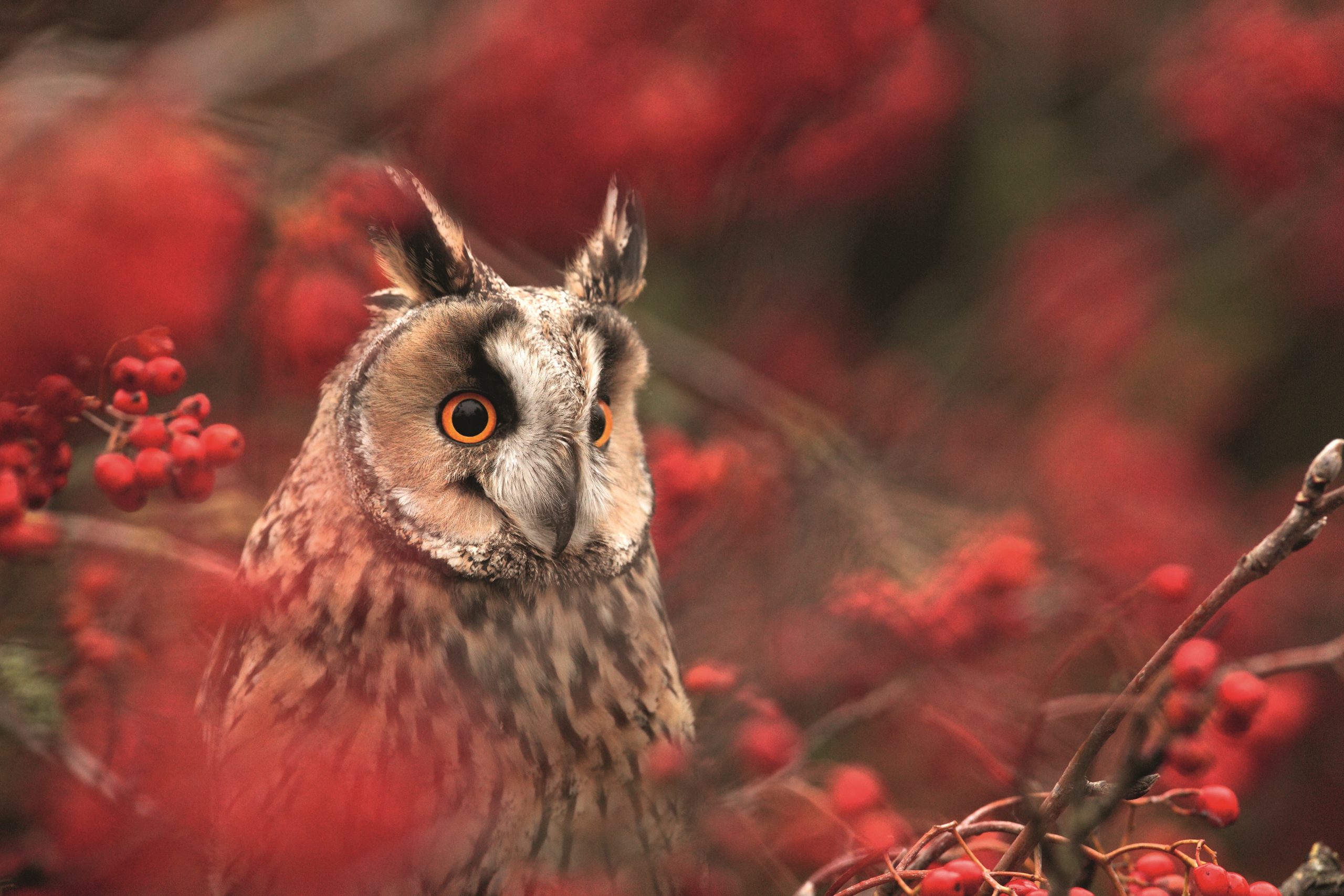
Traditionally, red was considered the colour best suited to repelling witches and the pentagram, a magic sigil, offered security to honest folk — perhaps the rowan was always intended for more than fruit for birds and beasts or lining supermarket car parks and golf courses.
People certainly believed that in medieval Ireland, where the trees were planted outside houses to protect against evil spirits; their flair for repelling the supernatural is also the reason rowans were regularly grown in or near churchyards, particularly in Wales. In Scotland, rowans thrive in the wilds of the Highlands, often at altitudes too great for other British trees. Emerging from clefts in rocky hillsides, they acquired the name ‘mountain ash’ on account of their habitat and the similarity of leaf structure between the two trees, although the ash is, in fact, a different and unrelated species.
Unsurprisingly, it was considered taboo to cut down a rowan and thus remove the protection it provided. Highland Scots were also fearful of using a knife or blade when working with the tree’s pale-coloured wood. This is one reason why so few rowan-wood objects survive today, compared with pieces made from other native trees, although tools made of rowan wood were said to have special properties — some would help prevent milk from curdling. Scottish attitudes towards witchcraft partly shaped the country’s view of the rowan and the strength of belief in witches in some parts of early-modern Scotland — evidenced, for example, in James VI’s tract on witchcraft, Daemonologie, and large-scale witch hunts in the 16th and 17th centuries — offers one explanation for the Scots’ respect for these long-lived, grey-trunked trees.
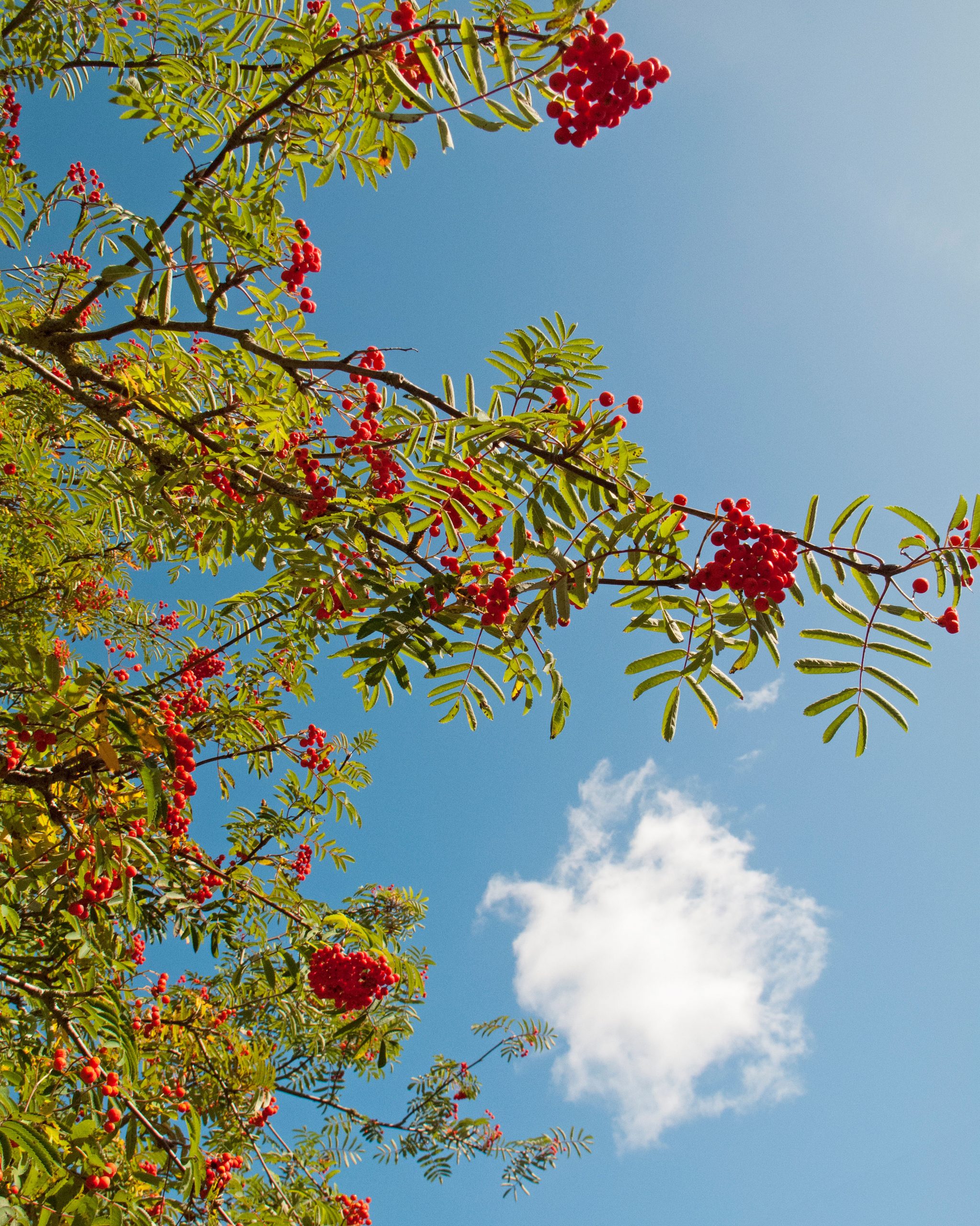
Rowan folklore met religion on the Isle of Man, where the tree’s wood was used to make crosses in a synthesis of Christian and pre-Christian traditions. As in north Scotland, the wood was cut without a knife, before each cross’s constituent parts were tied together with red string. The combination of the rowan wood, the red colour of the string and the cross’s symbolism of divine love offered a potent defence against the unholy. For some people, the rowan was evidently nothing short of a gift from God.
Nor is the tree’s ancient status as a symbol of protection confined to the British Isles. In his Prose Edda, a medieval compendium of Norse mythology, Icelandic poet Snorri Sturluson tells how the Norse god Thor, who was himself seen as a protector of mortals, is saved from a raging torrent he attempts to cross in the Underworld by grabbing hold of the branch of a rowan tree and raising himself above the swirling waters. This legend almost certainly predates Snorri, as the poet claimed to be documenting older pagan myths in a manner palatable for a contemporary Christian audience and shows the longevity of belief in the rowan’s special properties. In this instance, the tree is clearly fulfilling the same role as in both pagan and Christian Britain.
Exquisite houses, the beauty of Nature, and how to get the most from your life, straight to your inbox.
In today’s urban, secular culture, the tree is often overlooked, its many legends forgotten or underappreciated and less valued than thorns, whose berries — including sloes — are perceived as more useful. In autumn, foragers, cooks, winemakers and schoolboys scavenge for apples, blackberries, damsons, elderberries, sloes and conkers, but rowanberries often remain unpicked. Yet there is much to recommend this stalwart protector of innocence, even in a Britain untroubled by witches — including its elegant leaflets, dense clusters of creamy-white flowers in spring and, later, those tresses of bright red fruit once widely used in jam- and jelly-making. Perhaps it’s time to think again about the rowan. As Bregalad sings in Tolkien’s The Two Towers, ‘O rowan mine! I saw you shine upon a summer’s day,/Your rind so bright, your leaves so light…/Upon your head how golden-red the crown you bore aloft.’
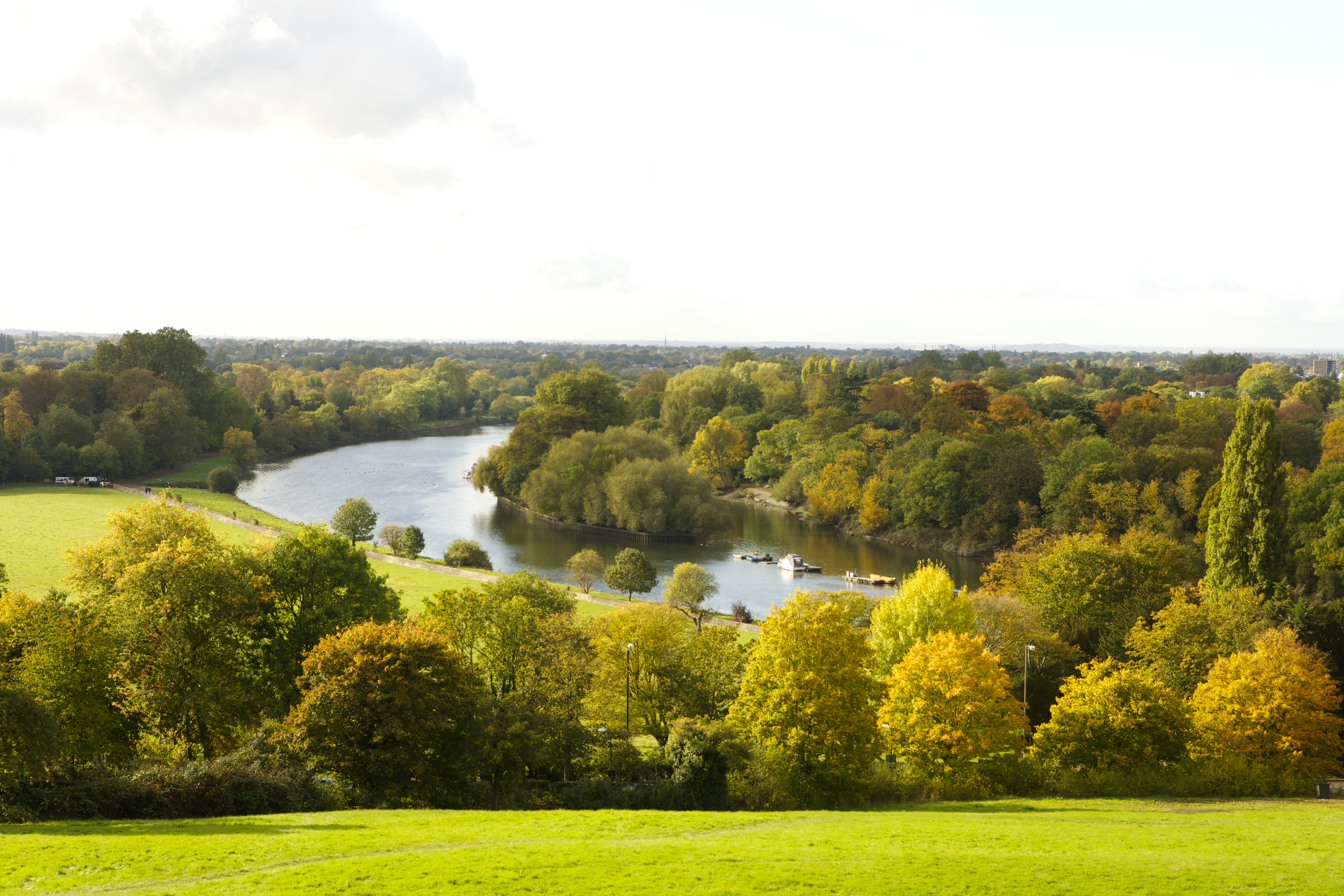
The happiest place to live in Britain has been named — but it's going to cost you to live there...
Britain's happiest place to live has glorious parks, high-end boutiques, riverside walks and a plethora of restaurants — plus excellent transport

'Rain and cold wind might be uncomfortable, but they make you feel alive'
'There's no such thing as bad weather' isn't a questionable adage — it's a profound statement of optimism.
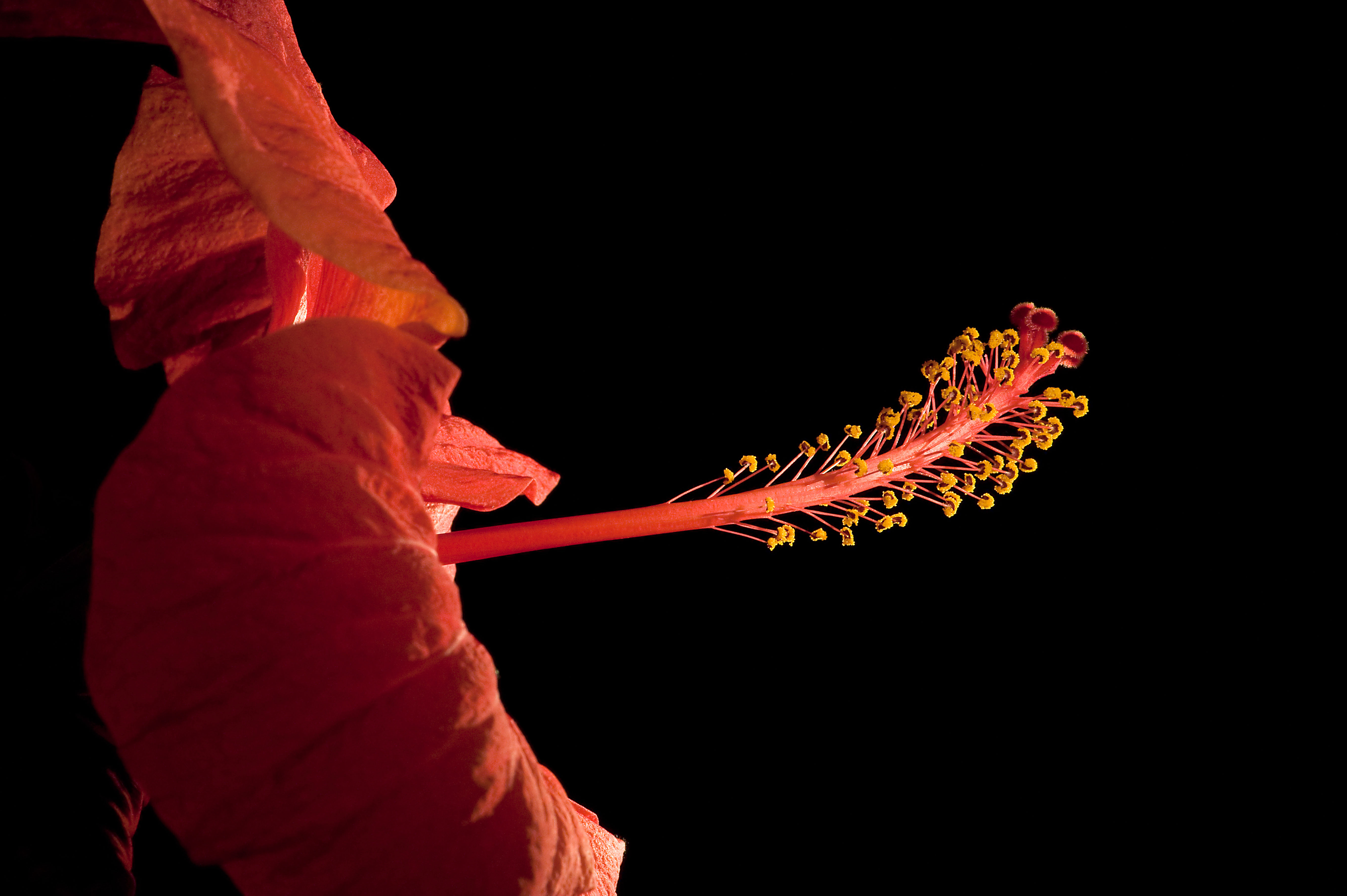
Fifty of shades of green: The sex lives of plants
Plants have developed surprising ways of spreading their seed, says John Wright, as he explores the unusual and risqué manner
Country Life is unlike any other magazine: the only glossy weekly on the newsstand and the only magazine that has been guest-edited by His Majesty The King not once, but twice. It is a celebration of modern rural life and all its diverse joys and pleasures — that was first published in Queen Victoria's Diamond Jubilee year. Our eclectic mixture of witty and informative content — from the most up-to-date property news and commentary and a coveted glimpse inside some of the UK's best houses and gardens, to gardening, the arts and interior design, written by experts in their field — still cannot be found in print or online, anywhere else.
